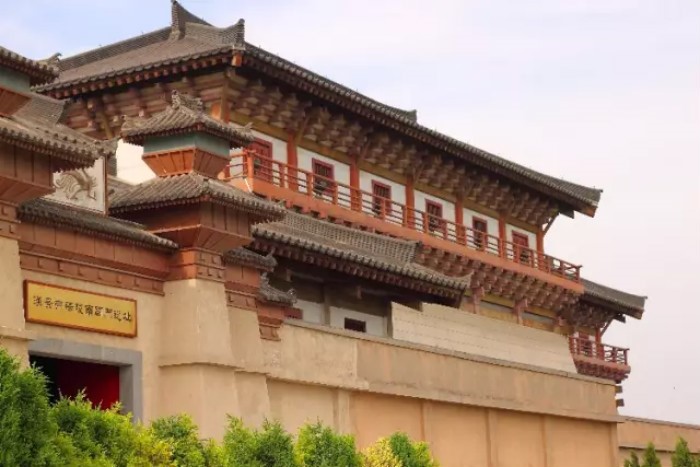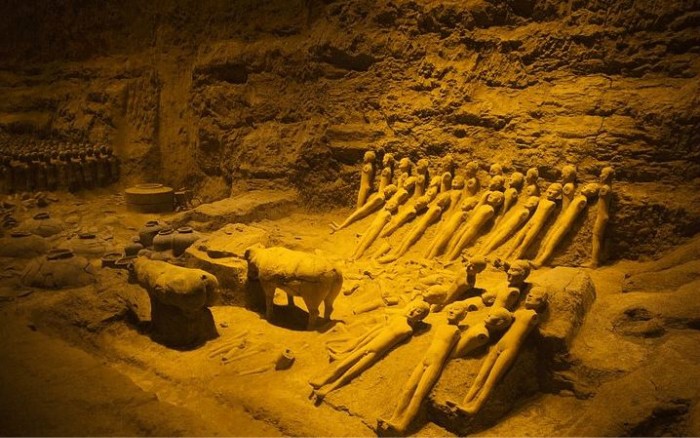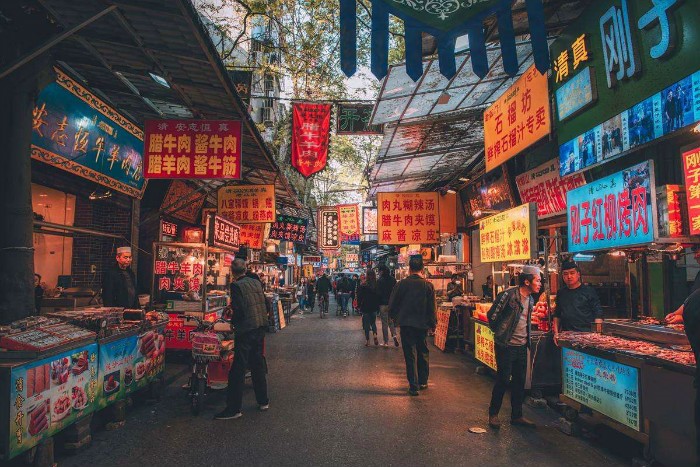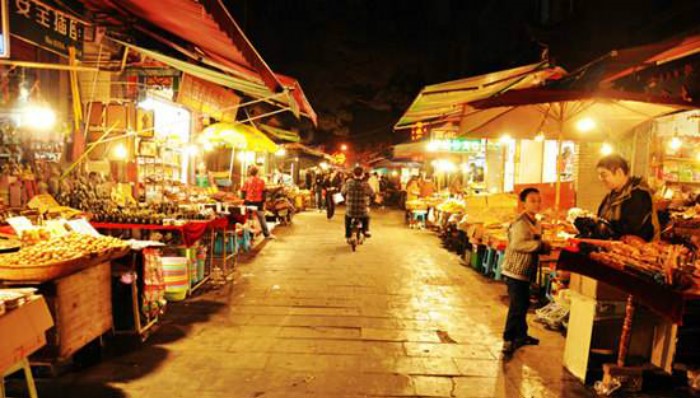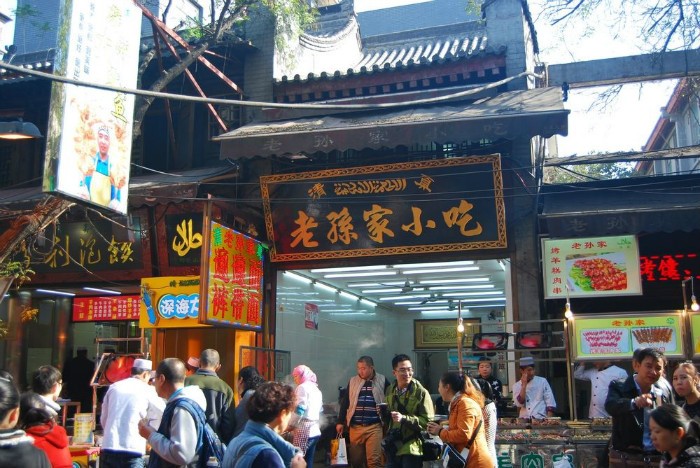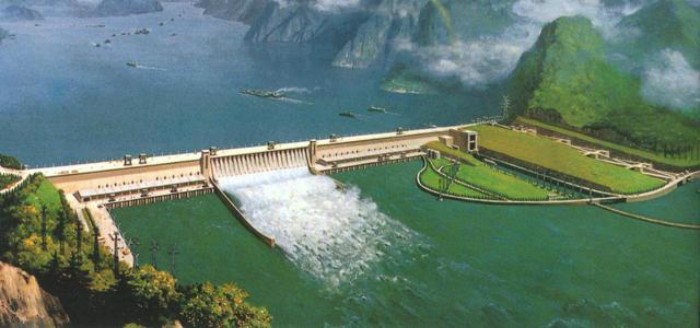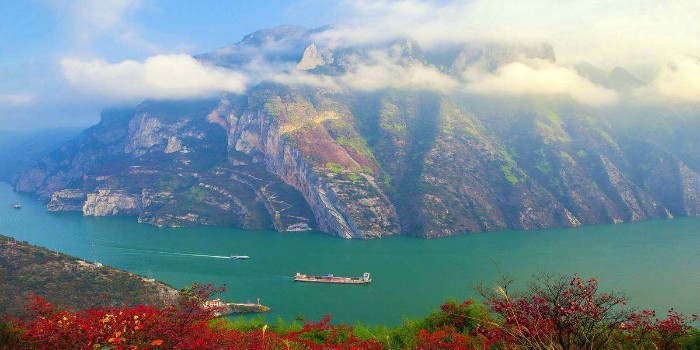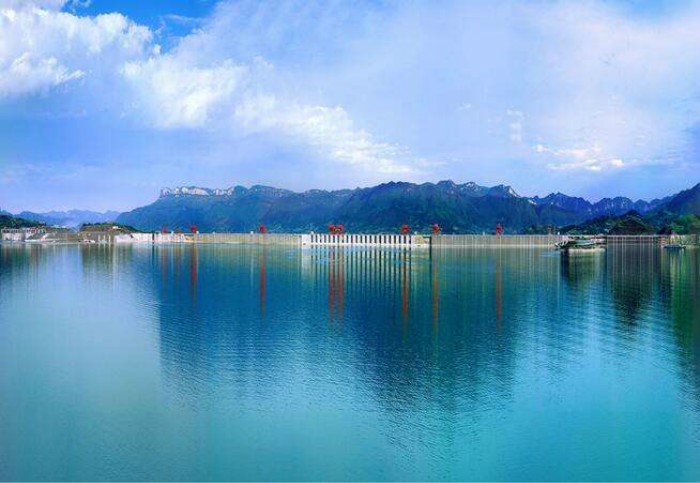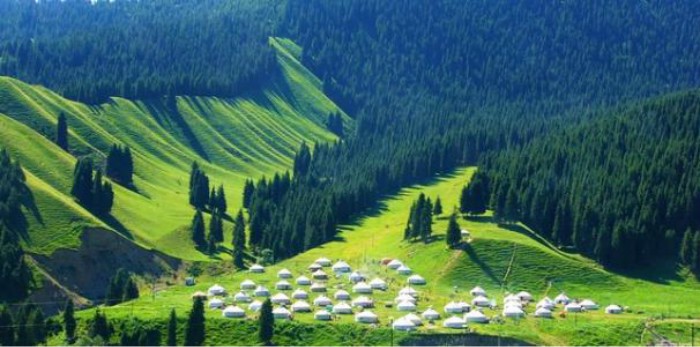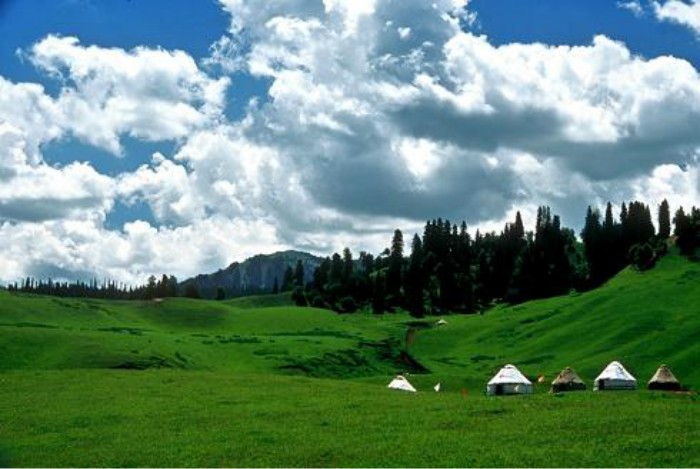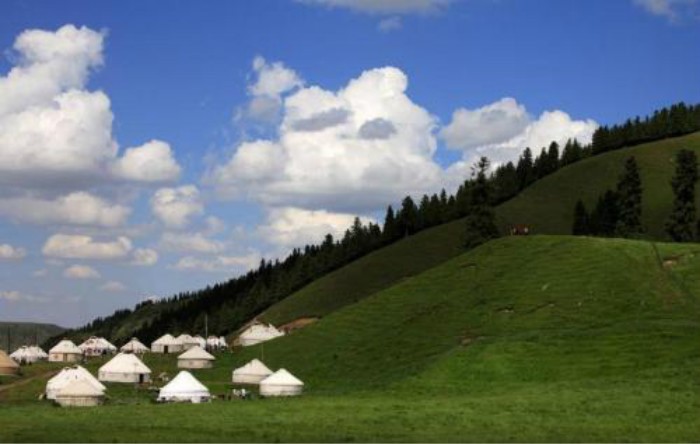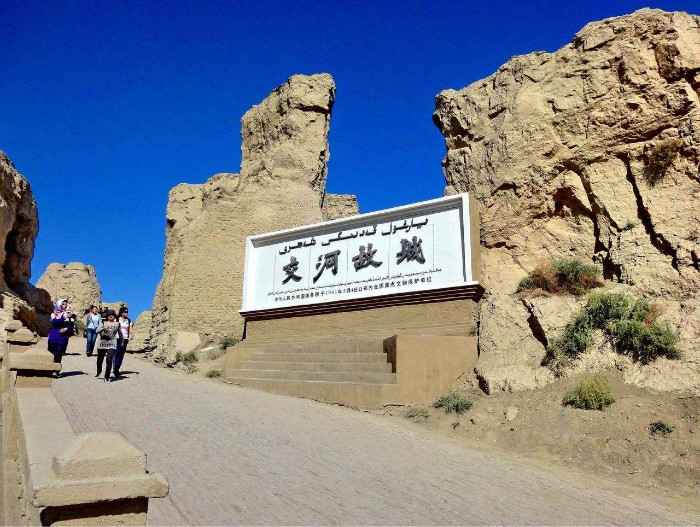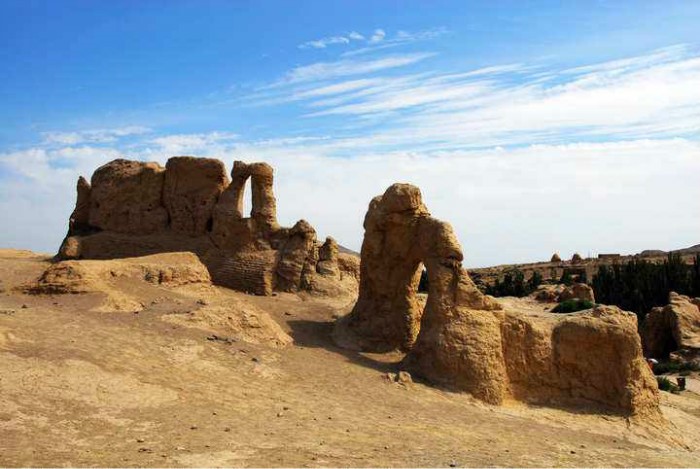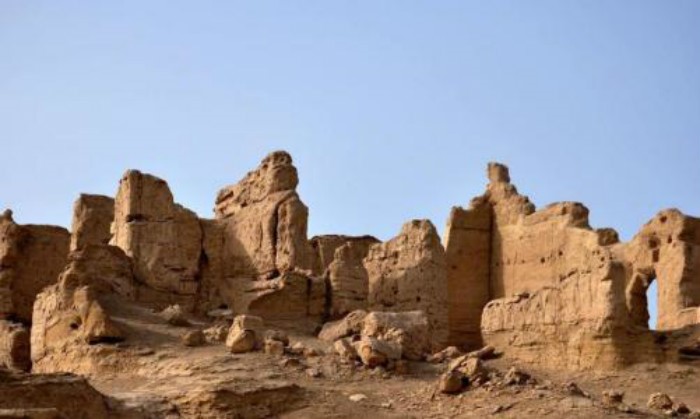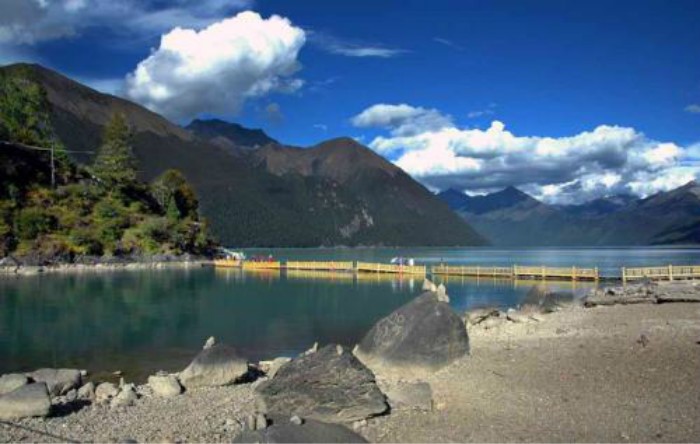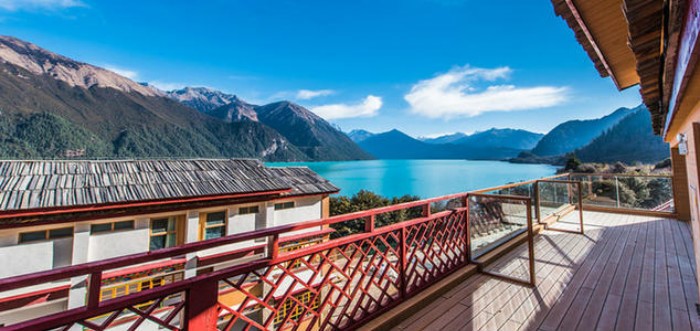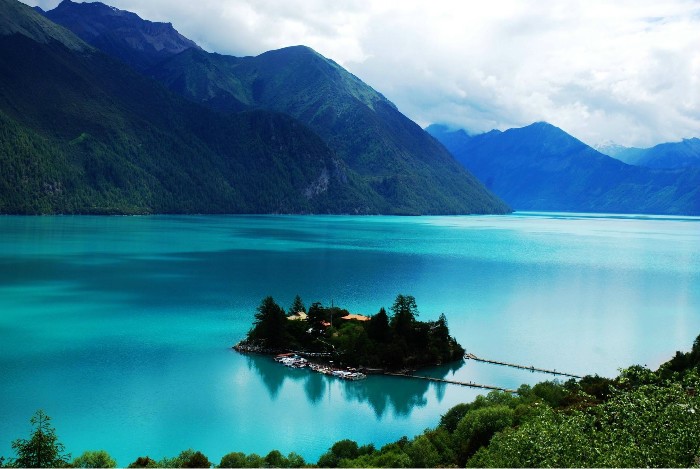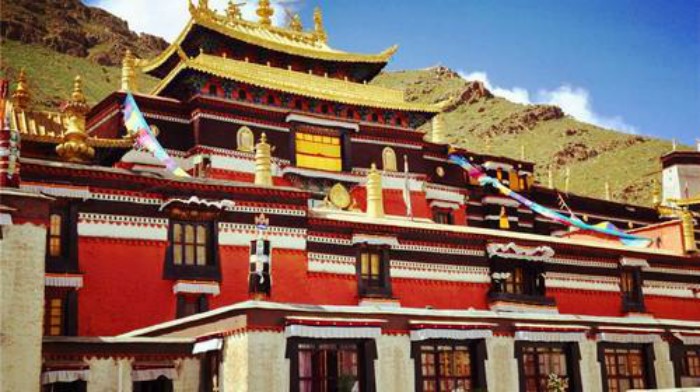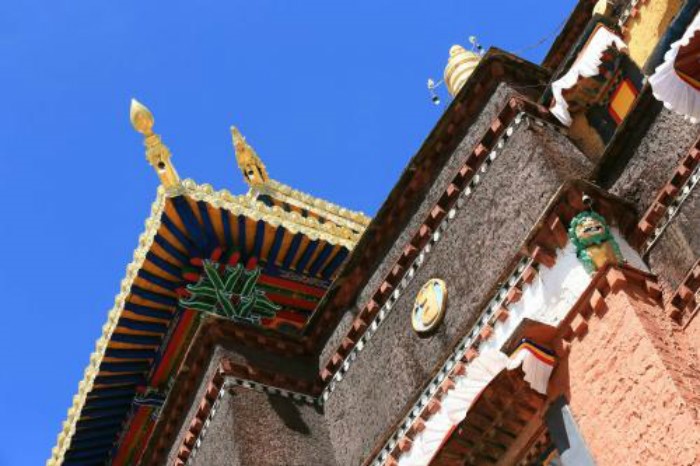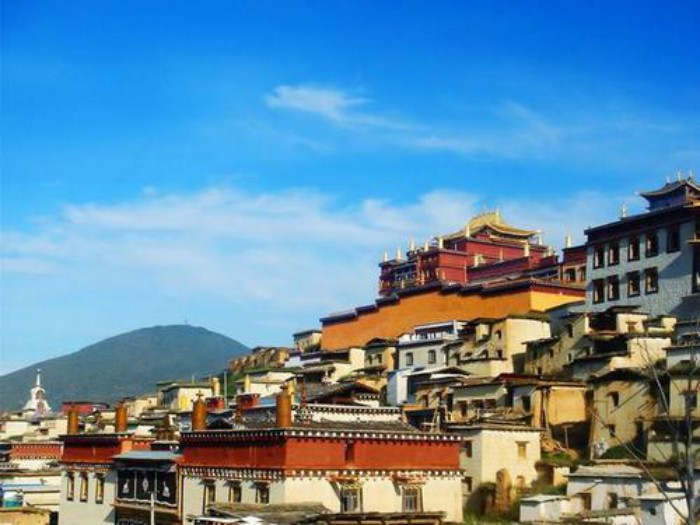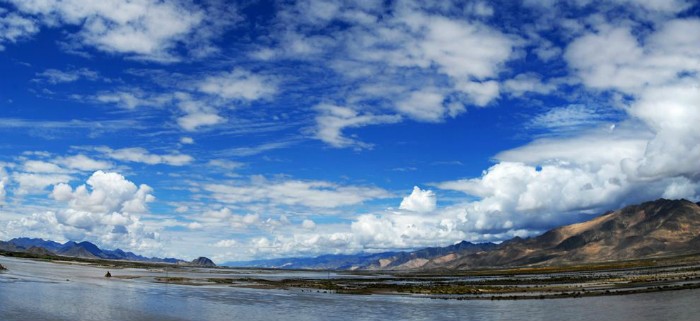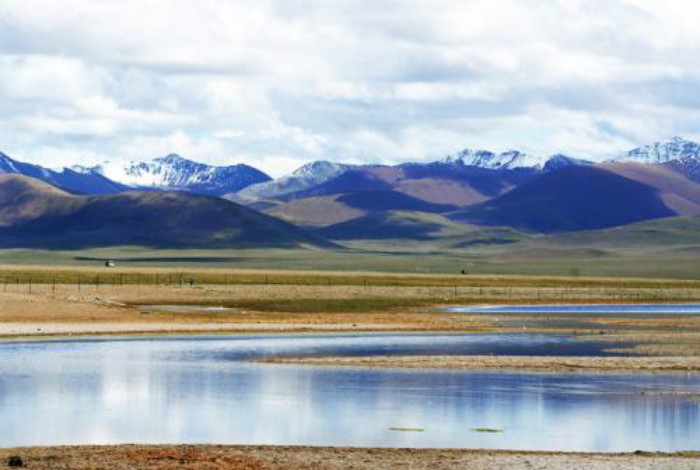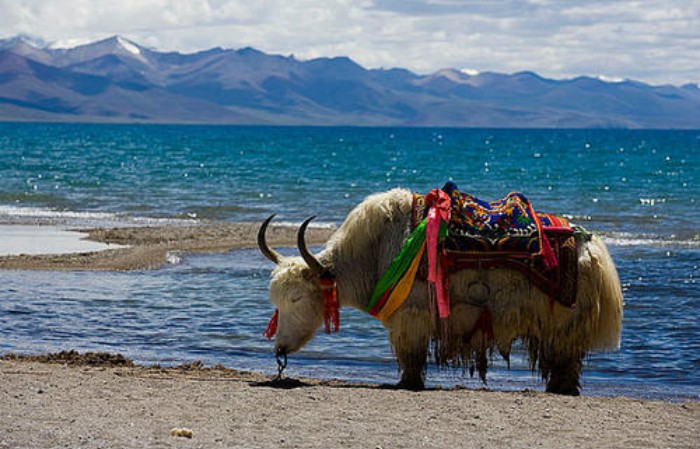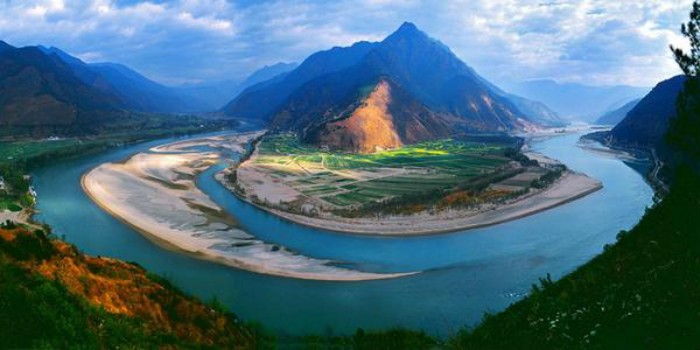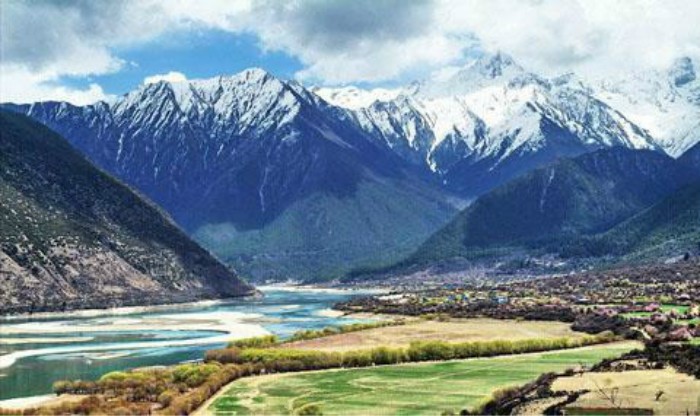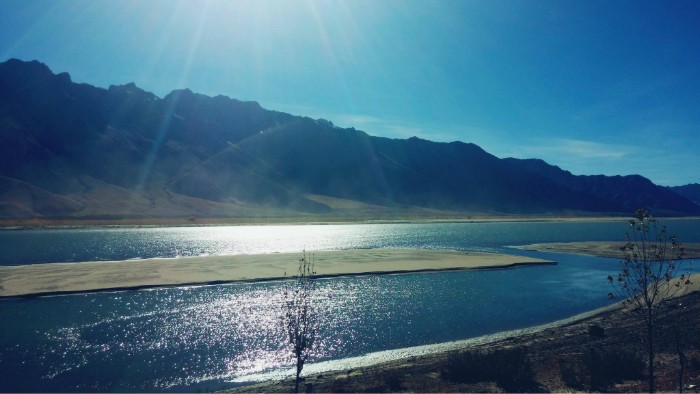The bird island of Qinghai Lake is named after the hundreds of thousands of migratory birds inhabiting the island. It lies northwest of Qinghai Lake, one of the most beautiful lakes in China, is connected to the bank on one side whilst the others are surrounded by water.
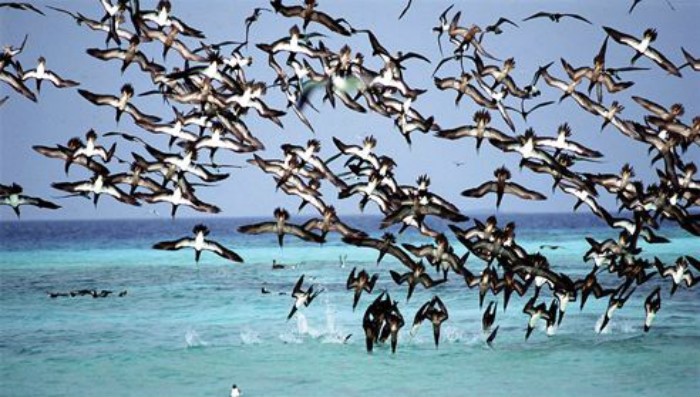
It is similar to the pet of almost all people who love nature. Maybe you are fascinated by their sweet singing in the dense forest. Or when you see birds flying freely in the sky, a feeling of worship will fill your heart? So what do you feel when you see groups of wild birds flying on the wide lake? Here, on the bird island, which is famous for bird kingdom and heaven, you can enjoy the wonderful world yourself.

Bird island includes two islands, one is haixipi in the East, the other is haixishan in the west, which is four times smaller than the former Island, but it is the place where most birds gather in the lake. When spring and summer come, many birds come here from distant mountains and deserts to breed. In the most noisy April and may, the number of them can reach 10000, 80% to 90% of which stop in Haixi mountain to lay eggs. The eggs of Haixi mountain are all over the island, also known as “egg island”.
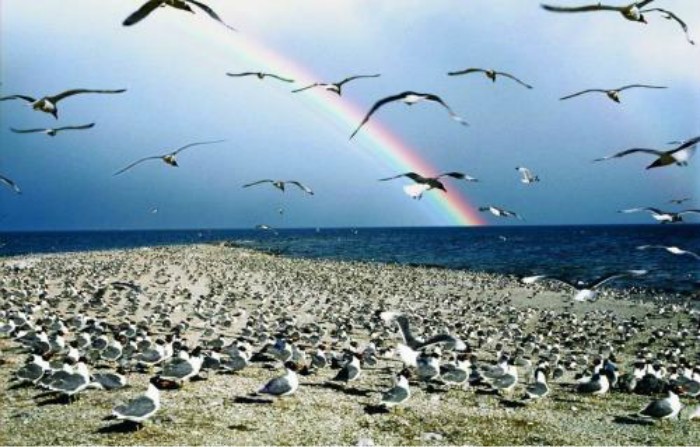
Why does the island attract so many birds? Because of its flat landform, mild climate, close to the water surface, it can produce rich floating grass and fish. The environment here is also very quiet. It is a natural space for birds to breed and inhabit.
Bird island has charming natural scenery and many beautiful wild birds. It is the only place for many tourists to travel in Qinghai. It has been listed as a National Nature Reserve, which mainly protects birds and provides a great place for tourists to visit.
